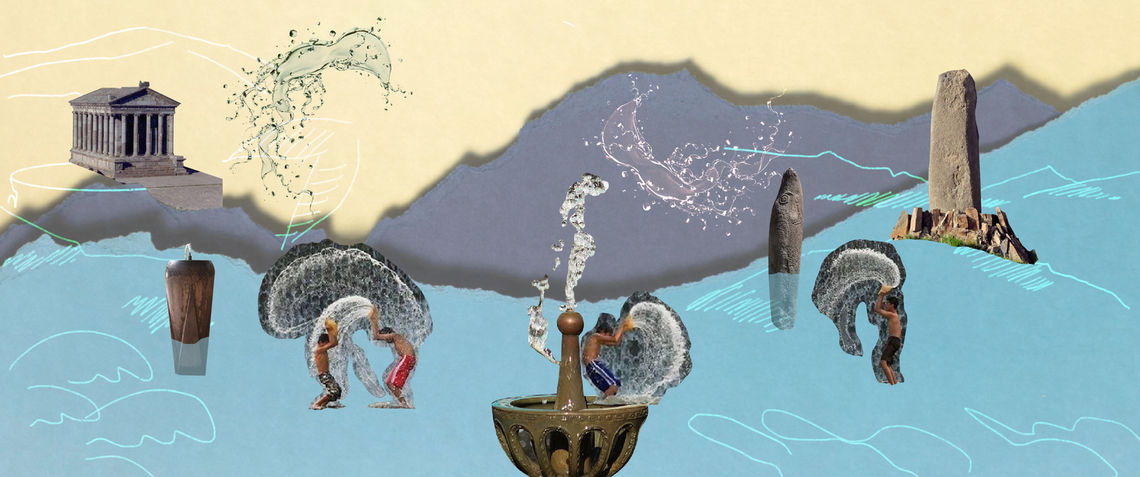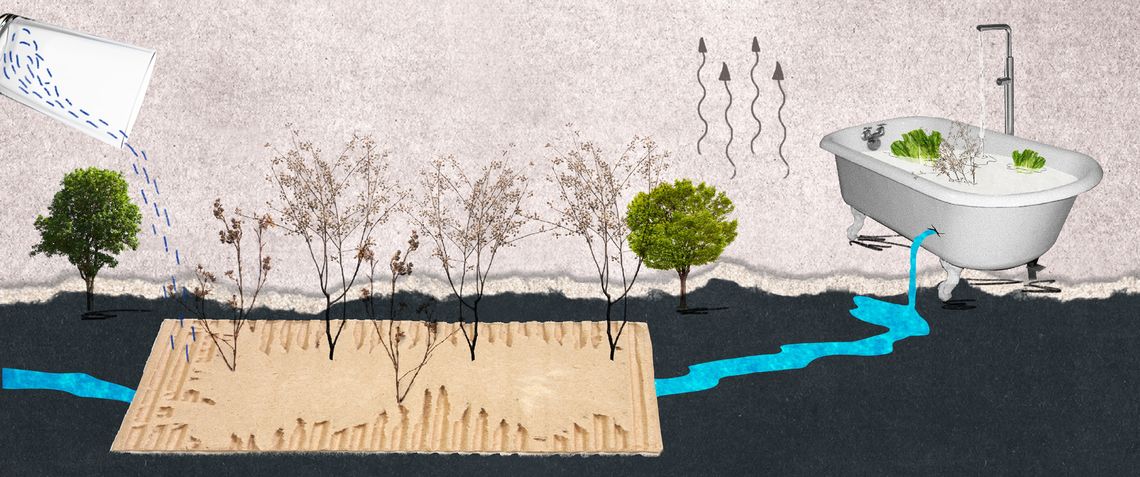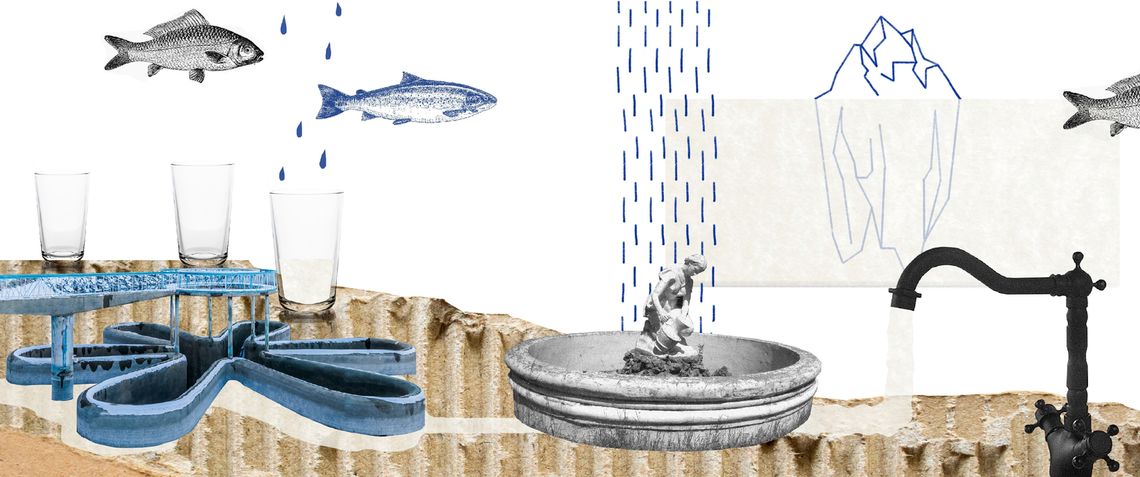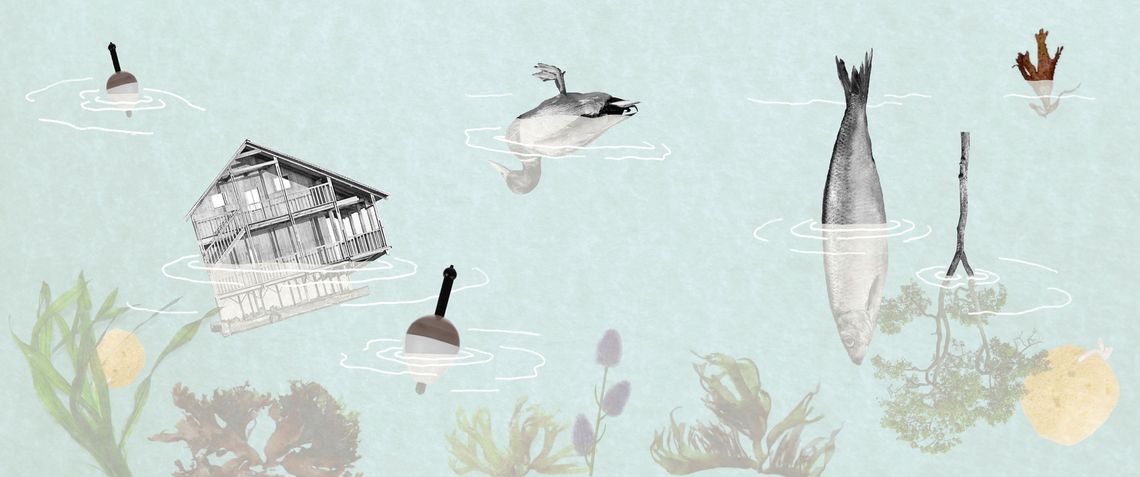Issue N9




Water is a source of renewal, purification and regeneration. It is essential for all forms of life. Humans wouldn’t be able to survive for more than three days without it. Today, over 2 billion people across the world experience high water stress. Today, nearly one-sixth of the world population does not have access to potable water, one-third cannot afford to use water for their household needs, more than 1 billion people use less than six liters of water per day and another 4 million people die each year from water related diseases.
These facts underscore water’s importance across key development issues and highlight the need of placing water and its responsible use at the core of sustainable development. These facts are also concerning for Armenia, considering how the issues of water scarcity and water security will potentially compound the already-complex problems facing the South Caucasus.
In this month’s magazine issue, entitled “Water,” you can find articles on water security, the challenges of irrigation for Armenian farmers, the threat facing Lake Sevan and how water is the source of ancient Armenian traditions.


Water-related rituals and artefacts dating back centuries illustrate the significance of water in Armenian culture, from dragon-stones to cross-stones to contemporary water fountains.


Armenia’s farmers need irrigation water to feed the country, but a number of bottlenecks get in the way. Because of the poor condition of the water supply system, 40-50% of irrigation water is lost before reaching its endpoint.


In this comprehensive piece on water security, Paruyr Abrahamyan provides an in-depth overview of global water scarcity, how this will potentially compound the already-complex problems facing the South Caucasus and makes a number of recommendations.


Lake Sevan is the largest freshwater and alpine lake in the entire South Caucasus. The lake’s artificial outflow which commenced in the early 1930s during the Soviet period resulted in dramatic changes in its water level and continued ecological problems.
EVN Report’s mission is to empower Armenia, inspire the diaspora and inform the world through sound, credible and fact-based reporting and commentary. Our goal is to increase public trust in the media. EVN Report is the media arm of EVN News Foundation registered in the Republic of Armenia in 2017.
SUPPORT INDEPENDANT JOURNALISM